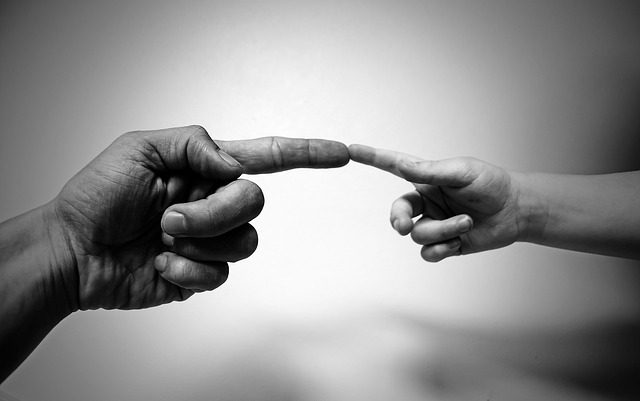This summer was a real challenge for me. I had a pinched nerve in my neck which created a constant radiating pain into my left finger. For over a month, I couldn’t even sit at my computer; I had to stand. And I couldn’t type with that finger at all. Sometimes, I would get an electro-shock down my arm as well. It was almost impossible to sleep at night. I soon learned that I have cervical arthritis and stenosis. I was told I needed surgery (though I had no intention of having any, and for awhile, I wondered if my yoga practice would ever be the same.
The good news is that is will never be the same. Why is that good news? Because what I learned about my body and myself during this “test” has taught me invaluable lessons I was unlikely to learn any other way. It’s now five months from the date of my initial injury, and while I still technically have arthritis and stenosis, I have zero pain and am able to do everything I could do before the inury. (There are, however, some things I choose not to do.)
But what I wanted to write about here is how I healed from what could have been a career-stopping injury. I’ll start by saying that I believe in the body’s capacity to heal itself. Given the right conditions, we mend. There was no way I was going to consider something as drastic as surgery when I’d only been in pain for such a tiny span of my life. Besides, I was well aware that spinal surgeries often do more harm than good. Let the doctors say what they will; I turned inside to know what was best for me, and I knew that was waiting things out.
If we drive ourselves crazy with fear, we perpetuate the problem. If we believe oursevles to be broken or even fragile, we scare oursevles into hypervigiliance. If we remain unwilling to look at what caused the problem or unwilling to change that, again, we only make the duration of the problem longer. Yes, I had to look at some things…some habits of mind and soreness of heart…unresolved pain that was simply expressing itself through my neck.
I also accredit my recovery to the Energization practices of Parmahansa Yogananda. This is a set of simple but profound exercises created by Yogananda to keep the body strong and healthy, among other benefits. While I couldn’t do every single exercise while in pain and had to modify several of them during my healing process, I know certain exercises helped to stregthen my neck and back and realign my spine.
I also behaved and stayed away from things that would have exacerbated the problem. I had to stop eating inflammatory foods. I had to adjust how I slept. And I had to alter my work-life. This took some arresting of the ego, especially as I continued to teach classes and often couldn’t demonstrate or do myself what I was asking of my students. But in that way, I think it made me far more attentive to and curious about the process of my students.
Finally, I was patient while never doubting (yes, there were moments, but then I’d remind myself) that I would be well again. Healing takes time. It requires self-care. It takes a certain amount of faith. And it takes grace. Fortunately, yoga cultivates self-care, patience, faith, and grace. Today, I’m feeling better than ever and constantly learning to improve my relationship with my own body as well as my understanding of yoga.

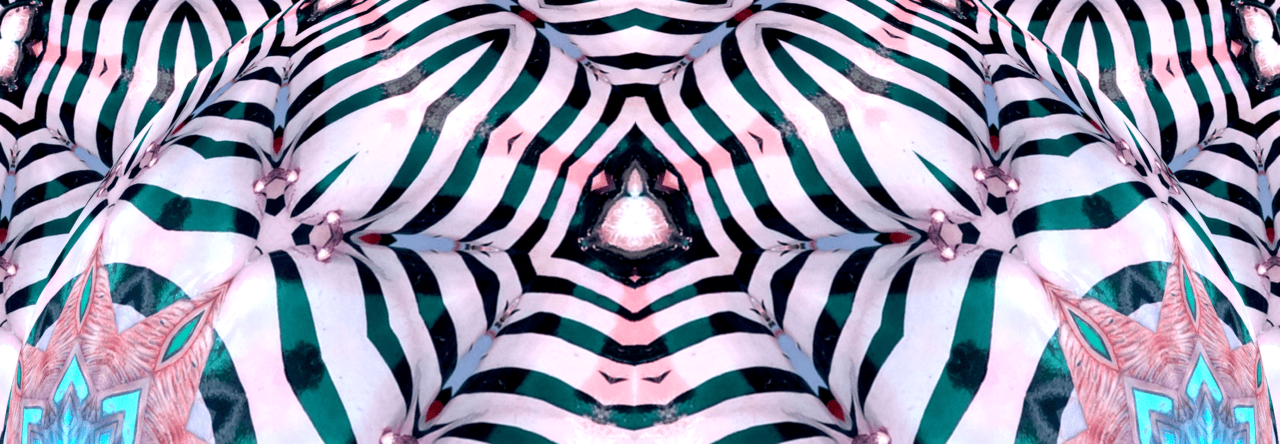



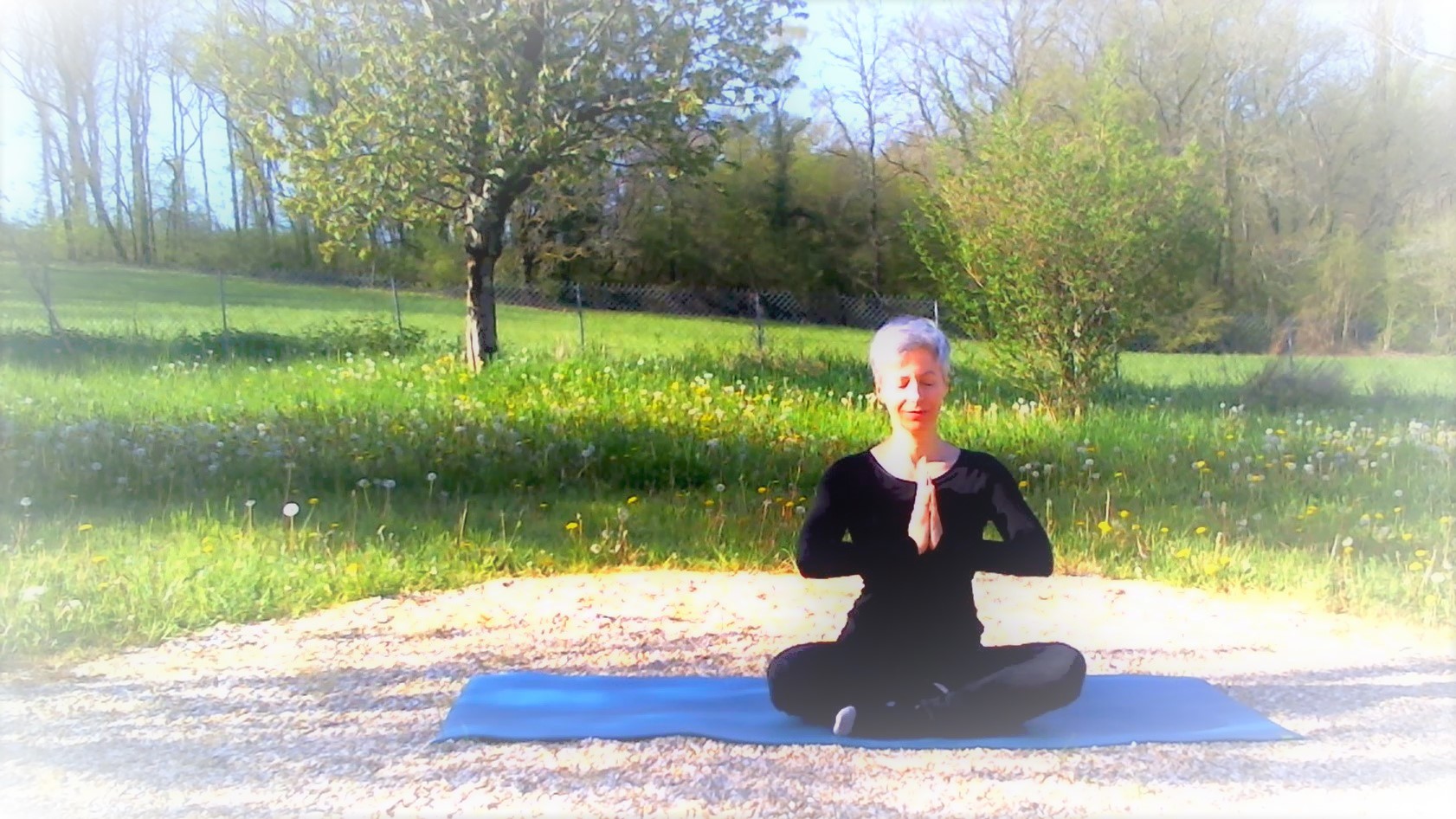
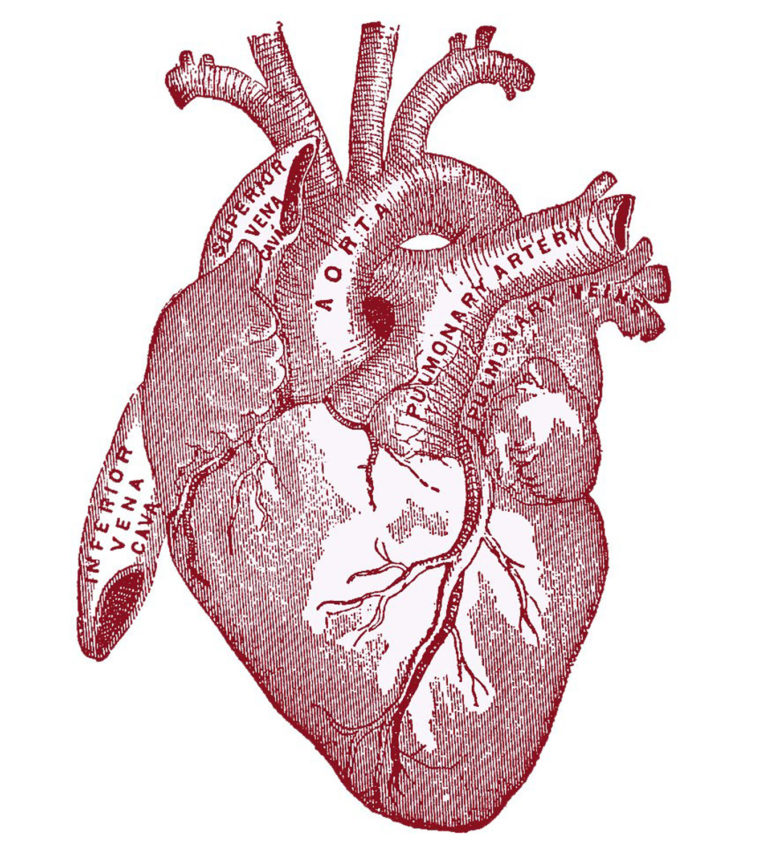
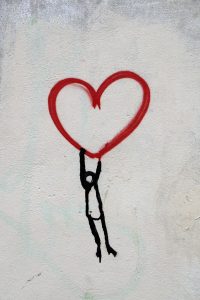 When you picture your own heart or that of someone else, what do you envision? Do you see the typical valentine heart with two symmetrical bumps in a shade of red or pink? Maybe you picture a more biological heart like a
When you picture your own heart or that of someone else, what do you envision? Do you see the typical valentine heart with two symmetrical bumps in a shade of red or pink? Maybe you picture a more biological heart like a 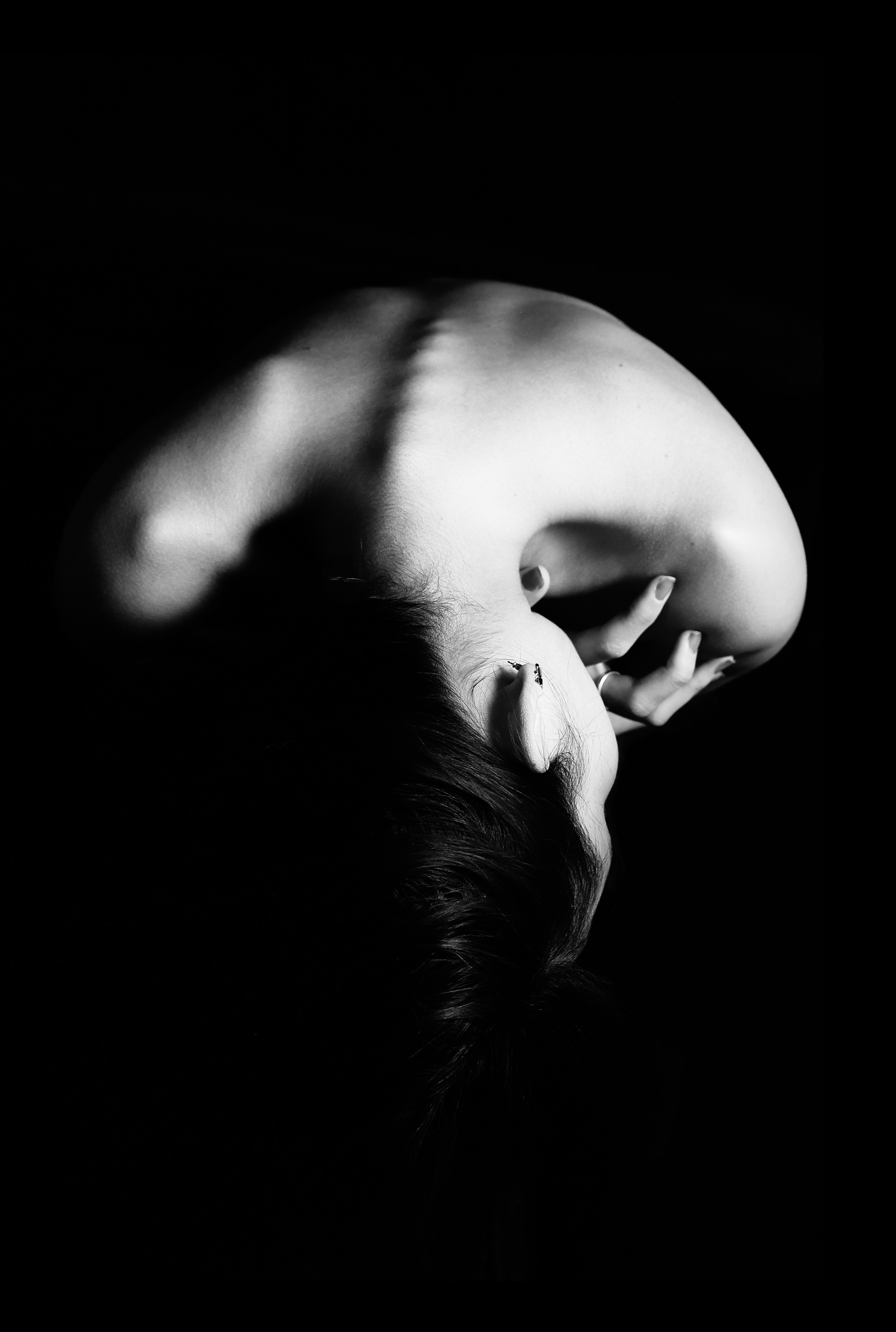

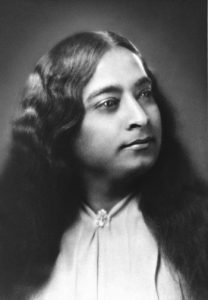
 To Share or Not to Share
To Share or Not to Share